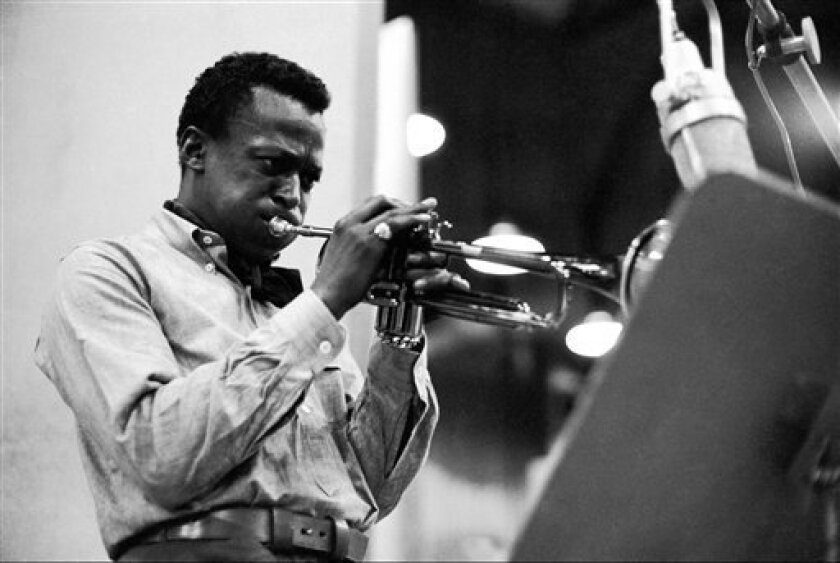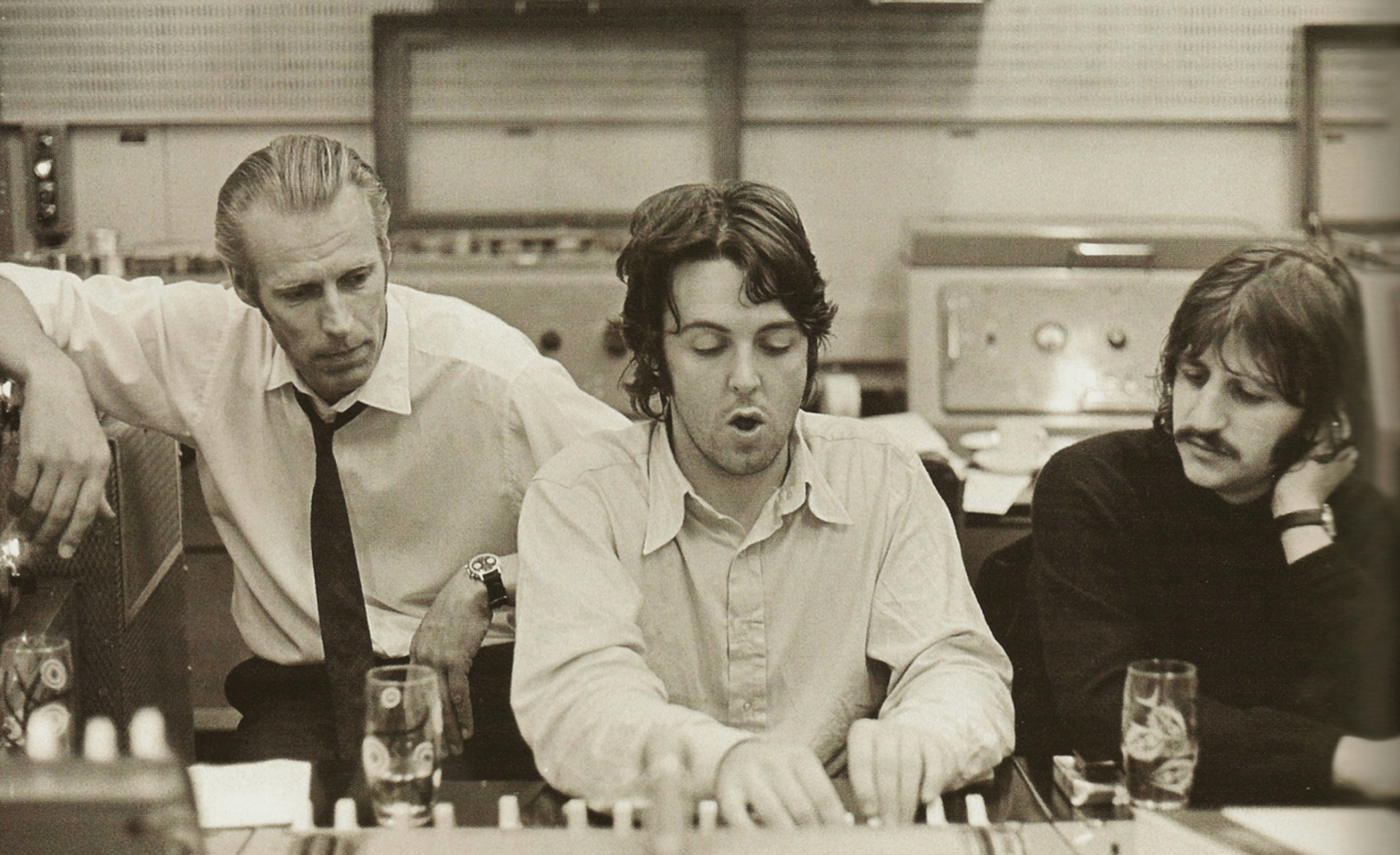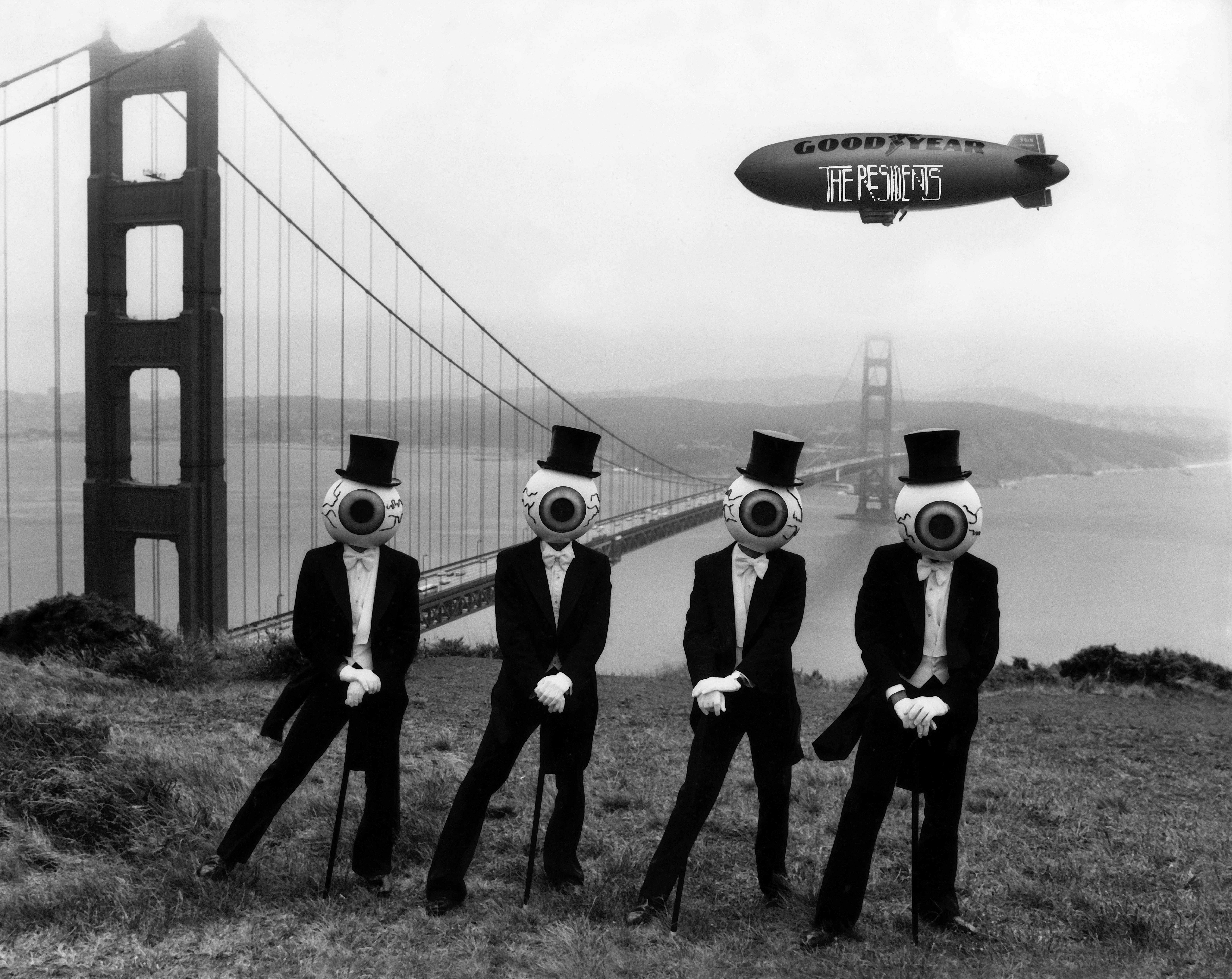By Dennis Hartley
(Originally posted on Digby’s Hullabaloo on January 22, 2022)

I thought I might dust off my VHS collection (yes, I’ve hung on to a few), put on a skinny tie and curate an 80s sleeper festival for you this evening. Several of my selections remain criminally unavailable on DVD or Blu-ray (are you listening, boutique reissue studios?). Anyway, here are 10 gems from that decade that I think deserve a little more love…

Dreamchild – This unique 1985 film from director Gavin Millar blends speculative biography with fantasy to delve into the psychology behind writer Lewis Carroll’s classic children’s book Alice in Wonderland. Scripted by Dennis Potter, the story is set in 1932 New York City.
Carroll’s muse, the now 80-year-old Alice Liddell Hargreaves (Coral Brown) has traveled from her native England with her young assistant (Nicola Cowper) to participate in a celebration of Reverend Charles L. Dodgson’s (aka Lewis Carroll’s) centenary. Prim and proper Mrs. Hargreaves is perplexed by the fuss the Americans are making over her visit. As she gathers her thoughts for a speech she is to give in Dodgson’s honor, she takes stock of her childhood association with the Reverend (Ian Holm), which leads to a bittersweet epiphany.
Anyone familiar with Dennis Potter’s work will not be surprised to learn that there are some dark subtexts; yet there is also sweetness and poignancy. Amelia Shankley gives a nuanced performance that belies her age as young Alice, and the late Jim Henson works his magic with the creature creations for the fantasy sequences.

Heartbreakers (VHS only)– In this 1984 drama, writer-director Bobby Roth delivers an absorbing character study about a pair of 30-something pals going through transitions in their personal and professional lives. Peter Coyote is excellent as petulant man-child Blue, a starving artist who specializes in fetishistic female portraiture (his character is based in part on artist Robert Blue).
Blue is nurturing a broken heart; his long-time girlfriend (Kathryn Harrold), tired of waiting for him to grow up, has dumped him. Blue’s friend Eli (Nick Mancuso) is a quintessential Yuppie who lives in a dream bachelor pad boasting a lofty view of the L.A. Basin. Despite being financially secure, Eli is also emotionally unfulfilled. With his male model looks and shiny toys, he has no problem with hookups; he just can’t find The One (yes, I know…how many nights of empty sex with an endless parade of beautiful women can one guy stand?).
Just when the commiserating duo’s love lives are looking hopeless, they both meet The One. Unfortunately, she is the same One (Carole Laure). The plot thickens, and the friendship is about to be tested. Formulaic as it sounds, Roth’s film is a keenly observed look at modern love (and sex) in the Big City. Max Gail (best known for his role on the sitcom Barney Miller) is great here, as is Carol Wayne (sadly, this is her last film).
UPDATE: Reissued on Blu-ray in 2022.

Light of Day (VHS only)– From off the streets of Cleveland comes…that rare Paul Schrader film that doesn’t culminate in a blood-spattered catharsis. Rather, this 1987-character study (scripted by the director) concerns a pair of blue-collar siblings (Michael J. Fox and Joan Jett) struggling to make a name for themselves in the music biz.
Jett, naturally, does her own singing and playing; but Fox and the other actors portraying “The Barbusters” do so as well. That fact, coupled with the no-nonsense performances, adds up to one of the most realistic narrative films I’ve seen about what it’s really like to eke out a living in the rock ’n’ roll trenches; i.e., these guys actually look and sound like a bar band. Gena Rowlands is a standout as Jett and Fox’s mother (she is the most “Schrader-esque” character). Bruce Springsteen penned the title song (“Born in the USA” was originally slated, but nixed).

Liquid Sky – Downtown 81 meets Invasion of the Body Snatchers in this deeply weird 1982 art-house sci-fi film. A diminutive, parasitic alien with a particular delectation for NYC club kids, models and performance artists lands on an East Village rooftop and starts mainlining off the limbic systems of junkies and sex addicts…right at the moment that they, you know…reach the maximum peak of pleasure center stimulation (the alien is a dopamine junkie?). Just don’t think about the science too hard.
The main attraction here is the inventive photography and the fascinatingly bizarre performance (or non-performance) by (co-screen writer) Anne Carlisle, who tackles two roles-a female fashion model who becomes the alien’s primary host, and a male model. Writer-director Slava Zsukerman also co-wrote the electronic music score.

One Night Stand (VHS only) – An early effort from filmmaker John Duigan (Winter of Our Dreams, The Year My Voice Broke, Flirting, Sirens), this 1984 sleeper got lost in the flurry of nuclear paranoia movies that proliferated during the Reagan era.
Four young people (three Australians and an American sailor who has jumped ship) get holed up in an empty Sydney Opera House on the eve of escalating nuclear tension between the superpowers in Eastern Europe (ahem). In an effort to quell their anxiety over increasingly ominous news bulletins droning from a portable radio, the quartet find creative ways to keep up their spirits.
Uneven, but for the most part Duigan (who scripted) deftly juggles romantic comedy, apocalyptic thriller and anti-war statement. There are several striking set pieces; particularly an affecting scene where the group watches Fritz Langs’s Metropolis as the Easybeats “Friday on My Mind” is juxtaposed over its orchestral score. Midnight Oil performs in a scene where the two young women attend a concert. The bittersweet denouement (in an underground tube station) is quite powerful.

Sammie and Rosie Get Laid (VHS only)–What I adore most about this 1987 dramedy from director Stephen Frears (My Beautiful Launderette, Prick up Your Ears, Dangerous Liaisons, The Grifters, High Fidelity) is that it is everything wingnuts dread: Pro-feminist, gay-positive, anti-fascist, pro-multiculturalism, anti-colonialist and Marxist-friendly (they don’t make ‘em like this anymore).
At first glance, Sammy (Ayub Khan-Din) and Rosie (Frances Barber) are just your average middle-class London couple. However, their lifestyle is unconventional. They have taken a libertine approach to their marriage; giving each other an unlimited pass to take lovers on the side (the in-joke here is that Sammy and Rosie seemingly “get laid” with everyone but each other).
In the meantime, the couple’s neighborhood is turning into a war zone; ethnic and political unrest has led to nightly riots (this is unmistakably Thatcher’s England; Frears bookends his film with ironic excerpts from her speeches). When Sammy’s estranged father (Shashi Kapoor), a former Indian government official haunted by ghosts from his political past, returns to London after a long absence, everything goes topsy-turvy for the couple.
Fine performances abound in a cast that includes Claire Bloom and Fine Young Cannibals lead singer Roland Gift, buoyed by Frears’ direction and Hanif Kureishi’s literate script.

Stormy Monday – Sean Bean stars as a restless young drifter who blows into Newcastle and falls in with a local jazz club owner (Sting). About the same time, a shady American businessman with mob ties (Tommy Lee Jones) arrives to muscle in on a land development deal, accompanied by his ex-mistress/current P.A. (Melanie Griffith). As romantic sparks fly between Bean and Griffith, the mobster puts the thumbscrews to the club owner, who stands in the way of the development scheme by refusing to sell. Things get complicated. Writer-director Mike Figgis’ tightly scripted 1988 neo-noir (his feature debut) delivers the goods on every front. Gorgeously photographed by Roger Deakins.

Tokyo Pop (VHS only) – This 1988 film is a likable entry in the vein of other 80s films like Starstruck, Breaking Glass, Desperately Seeking Susan, Smithereens and The Fabulous Stains. The fluffy premise is buoyed by star Carrie Hamilton’s winning screen presence.
Hamilton (who does her own singing) plays a struggling wannabe rock star who buys a one-way ticket to Tokyo at the invitation of a girlfriend. Unfortunately, her flaky friend has flown the coop, and our heroine is stranded in a strange land. “Fish out of water” misadventures ensue, including cross-cultural romance with all the usual complications.
For music fans, it’s a fun time capsule of the late 80s Japanese music scene, and the colorful cinematography nicely captures the neon-lit energy of Tokyo nightlife. Director Fran Rubel Kuzui (who co-wrote the screenplay with Lynn Grossman) later directed the 1992 feature film Buffy the Vampire Slayer, and went on to serve as executive producer for the eponymous TV series. Sadly, Hamilton (Carol Burnett’s daughter) died of cancer at age 38 in 2002.
UPDATE: Reissued on Blu-ray in 2023.

Wish You Were Here – David Leland’s 1987 comedy-drama centers on a headstrong 16-year-old girl coming of age in post WW 2 England. The story is loosely based on the real-life exploits of British madam Cynthia Payne (Leland also collaborated as screenwriter with director Terry Jones on the film Personal Services, which starred Julie Walters and was based on Payne’s later exploits).
Vivacious teenager Emily Lloyd makes an astounding debut as pretty, potty-mouthed “Linda”, whose exhibitionist tendencies and sexual antics cause her reserved widower father and younger sister to walk around in a perpetual state of public embarrassment.
Bolstered by a taut script and precise performances, the film breezes along on a deft blend of belly-laugh hilarity and bittersweet emotion. Excellent supporting cast, especially Thom Bell, who injects humanity into an otherwise vile character. Sadly, the talented Lloyd never broke big; she went on to do a few relatively unremarkable projects, and then dropped off the radar.

Word, Sound, and Power – This 1980 documentary by Jeremiah Stein clocks in at just over an hour but is the best film I’ve seen about roots reggae music and Rastafarian culture. Barely screened upon its original theatrical run and long coveted by music geeks as a Holy Grail until its belated DVD release in 2008 (when I was finally able to loosen my death grip on the sacred, fuzzy VHS copy that I had taped off of USA’s Night Flight back in the early 80s), it’s a wonderful time capsule of a particularly fertile period for the Kingston music scene.
Stein interviews key members of The Soul Syndicate Band, a group of studio players who were the Jamaican version of The Wrecking Crew; they backed reggae superstars like Jimmy Cliff, Bob Marley, Burning Spear, and the recently departed Toots Hibbert (to name but a few). Beautifully photographed and edited, with outstanding live performances by the Syndicate. Musical highlights include “Mariwana”, “None Shall Escape the Judgment”, and a spirited acoustic version of “Harvest Uptown”.




























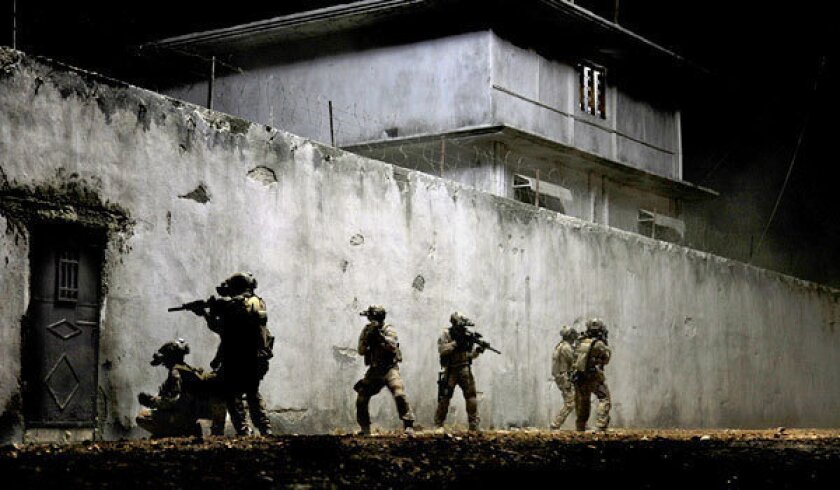








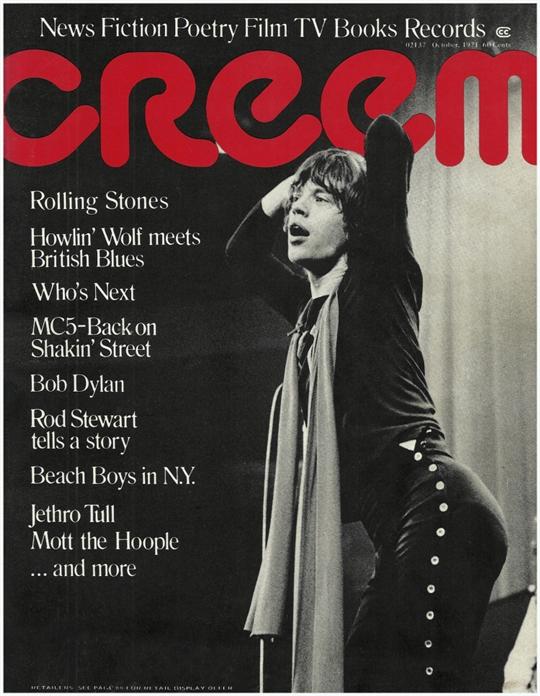








 Who’s Next – The Who
Who’s Next – The Who


















